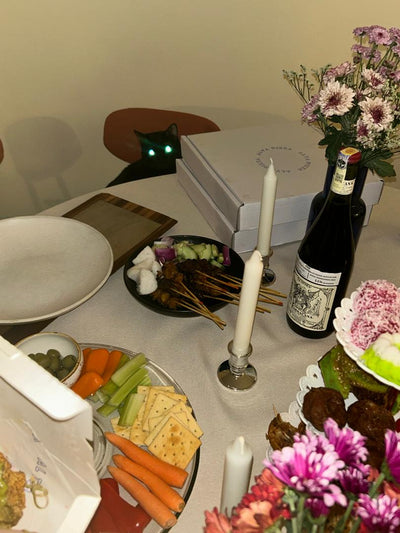Tasting Notes - What Even Are They?

Are you tired of sounding like a pretentious snob when talking about wine? Well fear not, my fellow wine drinkers, for I have some tips and tricks to help you write tasting notes that are both accurate and hilarious.
1. Use descriptive language (but not too much)
When writing tasting notes, it's important to accurately convey the taste and aroma of the wine. But let's be real, nobody wants to read a paragraph-long description of a wine's bouquet. So instead of saying "this wine has hints of blackberry, cherry, and a subtle hint of oak", try something like "this wine tastes like a fruity forest fire".
2. Be specific (but not too specific)
Identifying which fruits or flavors you're tasting can be helpful, but don't get too carried away. Instead of saying "this wine has notes of raspberry and pomegranate", try "this wine tastes like a delicious fruit salad...with alcohol".
3. Consider the wine's color (but don't get too deep)
Yes, a wine's color can give you clues about its flavor profile. But let's not overthink it. Instead of saying "this wine's golden hues suggest a light, crisp taste", try "this wine looks like liquid sunshine and tastes like happiness".
4. Use comparisons (but make them weird)
Comparisons can be a helpful way to describe the taste of a wine. But why stop at "a warm slice of blueberry pie" when you can say things like "this wine tastes like a unicorn's tears, but in a good way"?
5. Don't be afraid to get creative (but don't go too far)
There are no hard and fast rules for writing tasting notes, so have fun with it! But let's keep it classy. Instead of saying "this wine tastes like a drunken sailor on shore leave", try "this wine tastes like sophistication with a hint of debauchery".
In conclusion, writing tasting notes for wine can be a fun and hilarious way to describe your favorite beverages. Just remember to use descriptive language, be specific, consider the wine's color, use comparisons, and get creative...but not too creative. Cheers!



